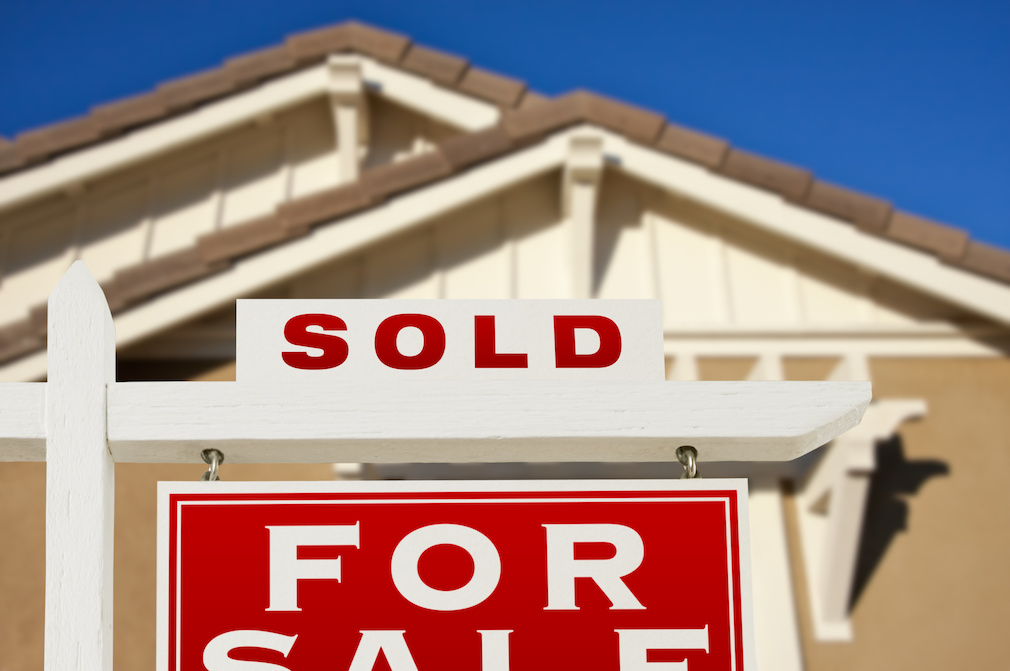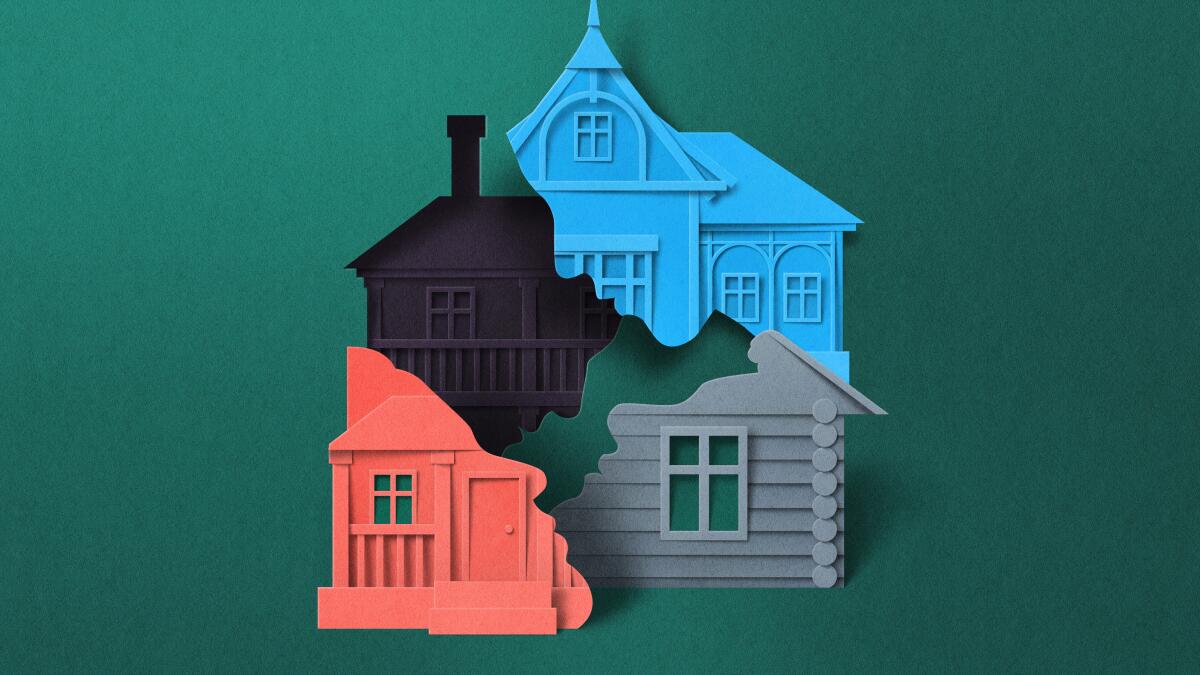T
he median age of homes purchased nationwide reached a record high of 36 years in 2024, up from 27 years in 2012. This trend reflects a long-term slowdown in new home construction and growing affordability challenges. Buyers are increasingly turning to older properties due to necessity rather than preference.
According to Redfin's analysis, the aging housing stock is not due to buyer demand for vintage homes but rather a lack of new construction. Without more building activity, buyers are forced to choose from an aging pool of properties that present financial challenges, including maintenance costs and energy inefficiencies.
The report analyzed data from multiple listing services covering purchases between 2012 and 2024. It found that condos saw the steepest aging trend, with a median age increase from 26 years in 2012 to 38 years in 2024.
A shortage of new housing is driving the shift towards older properties. Only 9% of homes built in the U.S. were constructed in the 2010s, the lowest share since the 1940s. Although building activity has picked up slightly in recent years, it still falls short of demand.
Affordability also plays a role, with older homes (defined as those over 30 years old) selling for a median price of $323,000 – roughly 15% less than the U.S. median home price. However, the premium for buying a newer home has narrowed from 77.9% in 2012 to 31.6% in 2024.
Regional differences are stark, with cities like Buffalo, New York, and Pittsburgh having aging housing stock, while areas like Provo, Utah, have much newer homes. In some cities, the cost of repairing or replacing big-ticket items can be a significant burden for buyers.
Homebuilders' shift towards constructing lower-cost housing, such as townhouses, has also contributed to the narrowing price gap. Additionally, prices in older metro areas are rising, while new construction is taking place in lower-cost regions.













